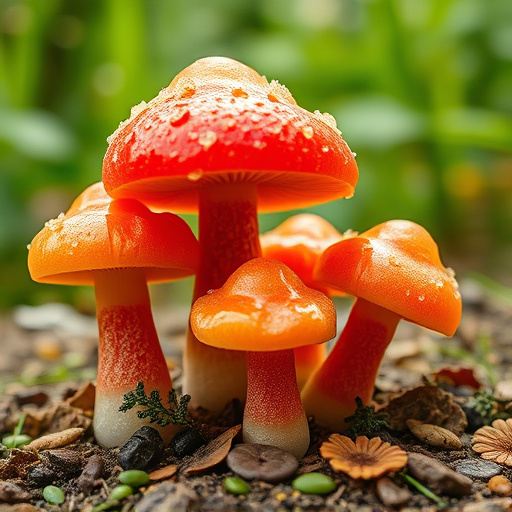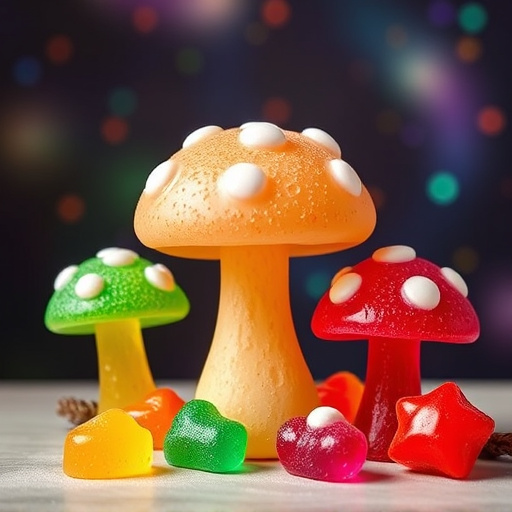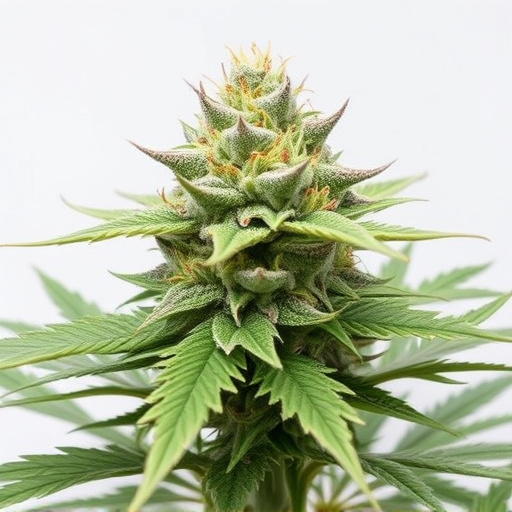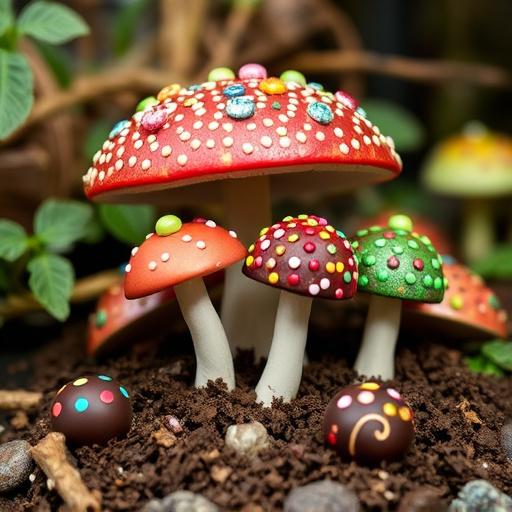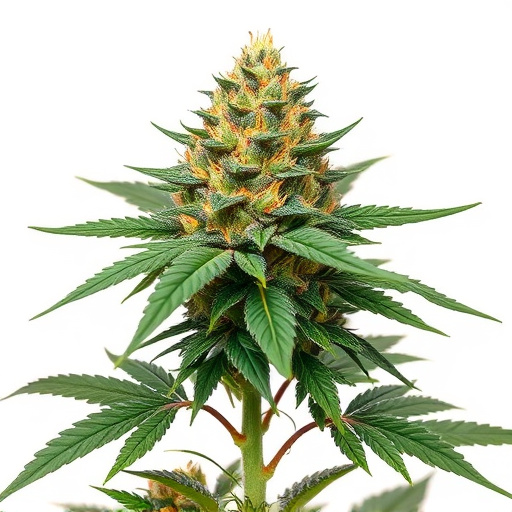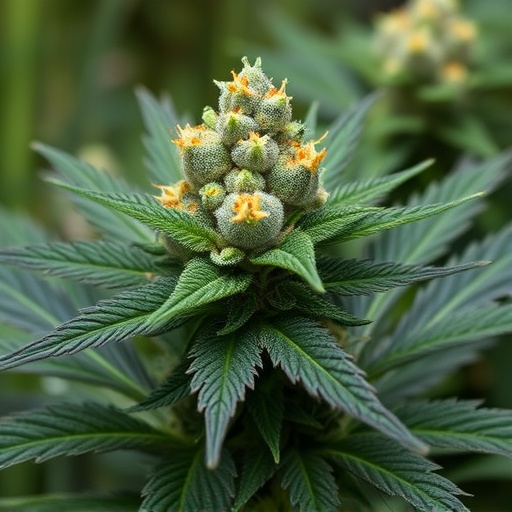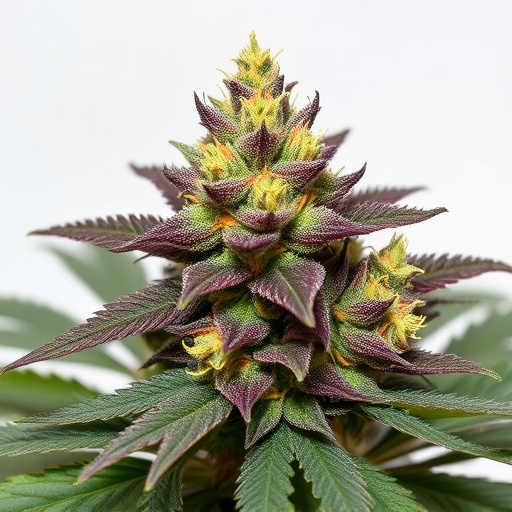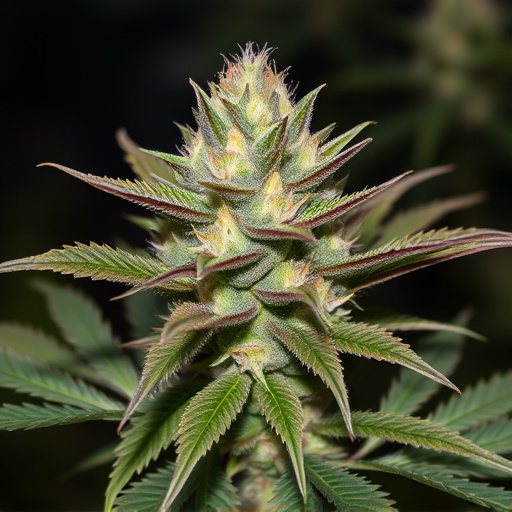Indica dominant hybrid strains, formed from indica and sativa crossbreeding, exhibit unique physical traits like shorter stature and dense flowers. Their genetic makeup significantly influences terpene profiles and cannabinoid concentrations, contributing to distinct aromas and potential therapeutic benefits. Cultivators aim for specific effects and appearances by understanding these strains' temperature sensitivities; ideal growth temperatures range from 65-80°F (18-27°C) for robust development. Genetic expression varies based on climate, with higher temperatures encouraging growth and resin in some strains, while cooler climates promote denser buds with complex terpene profiles. This interaction results in a diverse array of cannabis varieties catering to varied consumer preferences.
“Unravel the fascinating interplay of genetics and temperature in shaping cannabis appearance, from bud structure to color and scent. This article explores how these factors create diverse varieties, especially focusing on the influence of indica dominant hybrid strains. Discover how genetic predispositions combine with environmental cues, like temperature, to produce unique visual characteristics. By understanding these relationships, cultivators can fine-tune conditions for optimal cannabis production.”
- The Role of Genetics in Cannabis Appearance: Understanding Indica Dominant Hybrid Strains
- Temperature's Impact on Cannabis Growth and Visual Characteristics
- Interplay Between Genetics and Temperature: Creating Distinctive Cannabis Varieties
The Role of Genetics in Cannabis Appearance: Understanding Indica Dominant Hybrid Strains

The genetics of cannabis play a pivotal role in dictating its final appearance. Among various genetic factors, indica dominant hybrid strains stand out due to their unique characteristics. These strains are cultivated by crossing two distinct types—an indica and a sativa—resulting in a plant that exhibits traits from both parents. Indica plants are typically shorter with wider leaves, dense flowers, and a faster flowering time compared to their sativa counterparts. This genetic makeup significantly influences the overall aesthetic appeal of the cannabis plant.
Understanding indica dominant hybrid strains is crucial for cultivators aiming to produce specific effects and appearances. The combination of genes from both parents can lead to diverse outcomes, including variations in terpene profiles and cannabinoid concentrations, which contribute to the distinct aromas, flavors, and potential therapeutic benefits associated with different cannabis strains.
Temperature's Impact on Cannabis Growth and Visual Characteristics
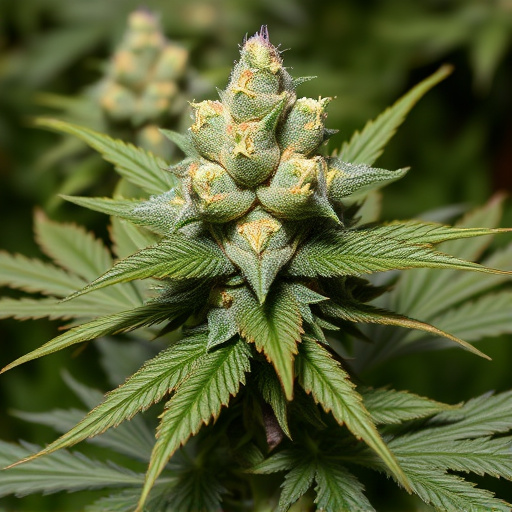
Temperature plays a pivotal role in shaping the growth and visual characteristics of cannabis plants, influencing both their overall health and aesthetic appeal. For indica dominant hybrid strains, which are renowned for their relaxing effects and compact structures, optimal temperature conditions are crucial. Typically, these varieties thrive between 65-80°F (18-27°C) during the vegetative phase, fostering robust growth and promoting the development of dense, aromatic flowers.
Beyond ideal temperature ranges, extreme heat or cold can induce stress in cannabis plants, leading to visible changes in their appearance. Prolonged exposure to high temperatures may cause leaf curling, wilting, and reduced yield, while cold stresses can result in flattened stems, slower growth rates, and altered terpene profiles. These environmental factors interact with a plant’s genetic makeup, shaping the final visual characteristics of each cannabis strain.
Interplay Between Genetics and Temperature: Creating Distinctive Cannabis Varieties
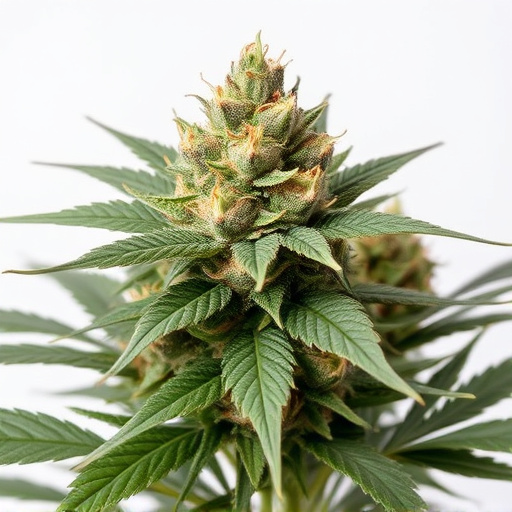
The interplay between genetics and temperature plays a pivotal role in shaping the distinctive characteristics of cannabis varieties. Each strain, whether a pure indica or a complex hybrid like an indica dominant hybrid strain, has its unique genetic makeup that dictates its natural tendency to grow better in specific climate conditions. Temperature acts as a crucial environmental factor, influencing the pace at which these genetic traits manifest.
For instance, higher temperatures can accelerate growth and development in certain strains, leading to taller plants with more abundant resin production. Conversely, cooler climates often result in denser, compact buds with enhanced terpene profiles. This interaction between genetics and temperature allows for a vast array of cannabis varieties, each offering unique sensory experiences and potential therapeutic benefits, catering to diverse consumer preferences.
Cannabis appearance is a complex interplay between genetics and environmental factors, particularly temperature. Understanding how these elements interact, such as with indica dominant hybrid strains, allows cultivators to optimize conditions for desired visual characteristics. By controlling temperature, growers can enhance the aesthetic appeal of cannabis, ensuring plants reach their full potential, whether for specific strain traits or market demands. This knowledge is vital in creating distinctive cannabis varieties that meet contemporary expectations.
